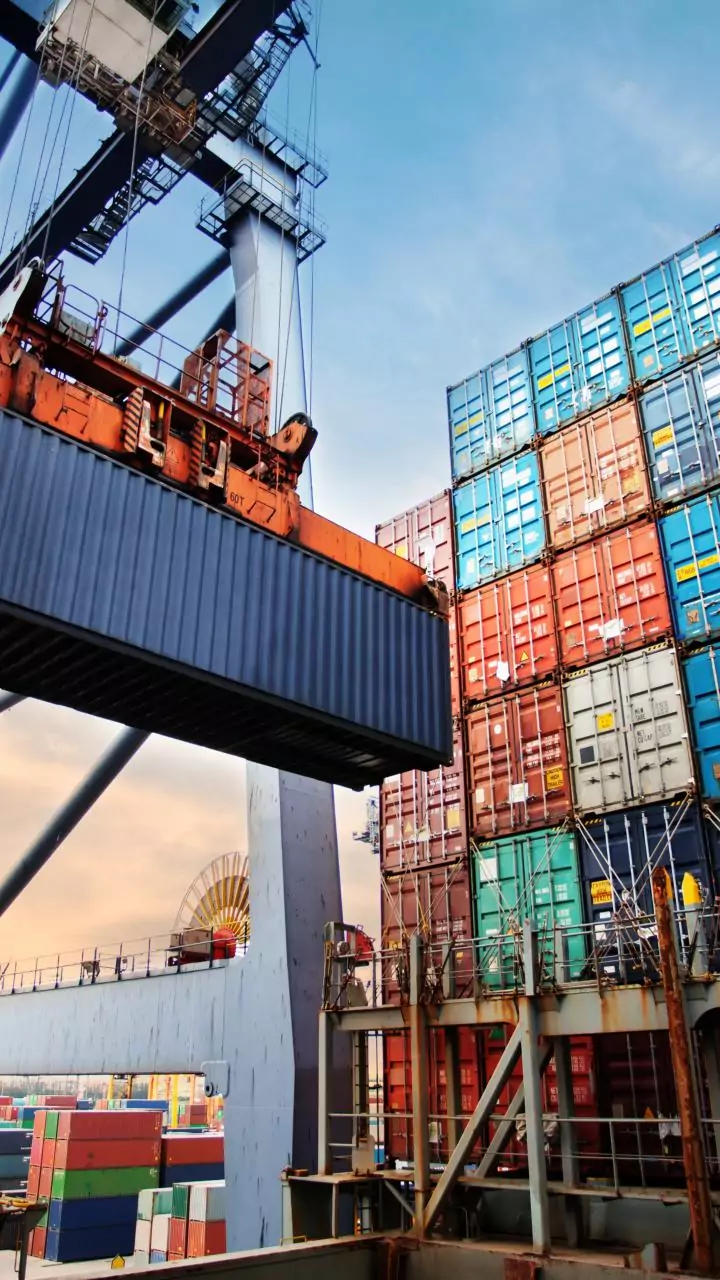Trade Deal Approaching
Reports indicate a trade agreement between the United States and India is in its final stages of negotiation. This follows comments from former President
Donald Trump, who suggested that the deal is 'pretty close' to being finalized. The negotiations have involved discussions about several trade barriers, with the goal of fostering a more robust economic partnership between the two nations. Significant progress has been made, creating optimism that the agreement will soon be signed and implemented. Both nations have expressed interest in expanding economic cooperation, making a trade deal a key objective.
Tariff Reduction Planned
A central element of the anticipated trade agreement is the reduction of tariffs. According to Trump, the agreement includes a plan to lower tariffs between the US and India. High tariffs have, in the past, hindered smooth trade flows. By reducing these, the aim is to boost economic activity by making imports and exports more affordable. This initiative reflects both countries' dedication to lowering trade barriers and promoting economic growth through increased trade. The specifics of which tariffs would be reduced and by how much remain undisclosed, but the overall aim is to streamline trade relations.
Trump's Role Noted
The statements were made by former President Trump, highlighting his role in the context of US-India trade relations. His comments underscored his administration's focus on international trade and negotiations with key partners such as India. Trump's engagement in this issue is significant, reflecting the strategic importance the US places on its economic ties with India. While in office, he initiated and led many trade discussions that shaped the current state of these relations. This ongoing trade agreement exemplifies the continuous efforts to enhance and reshape the economic landscape between the two nations.
Future Trade Prospects
The trade agreement anticipates a transformative effect on the economic relationship between the United States and India. Reducing tariffs could lead to increased trade volumes, offering new possibilities for businesses in both countries. Furthermore, it could also foster investments and job creation in each nation. The agreement, once implemented, would likely signify a strong alliance between the two countries, leading to economic prosperity and a more collaborative global environment. The successful conclusion of this trade deal signals a shared vision for growth and mutual benefit in the context of international trade.













